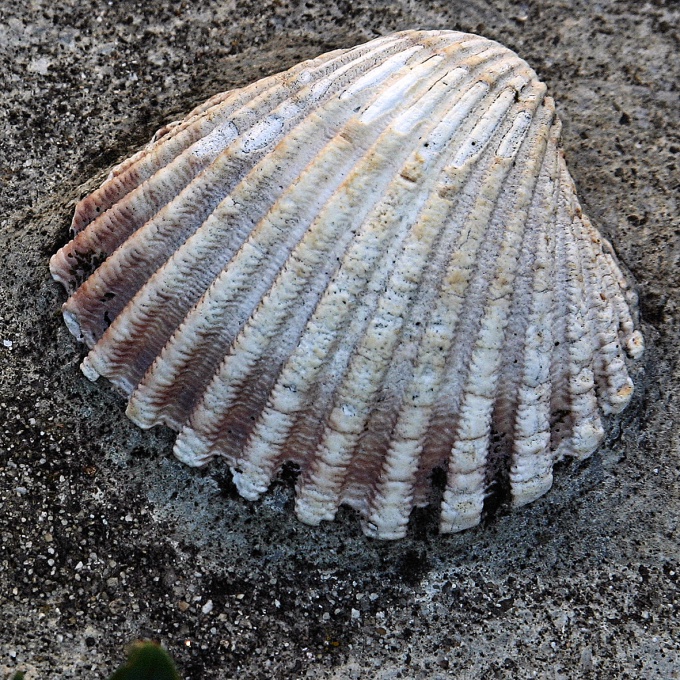You will need
- - a sheet of paper;
- pencil;
- - watercolor;
- - gouache;
- the figure, with bivalve shell;
- brush;
- - a sponge.
Instruction
1
Before drawing the shell, paper is better toned. If your shell lies on the seabed, then let this seabed will be visible. The lower part of the sheet cover with a yellowish or reddish paint, and make the top blue or sea green. Toned better with watercolor paint using a sponge. Wet part of the sheet is the same sponge, but without paint and fill it with one color. Allow to dry, then wet another part of the sheet and color it in a different tone. Better sheet square.
2
After the fill has dried, start painting. Sketch draw with a thin pencil, so there's no need to erase the auxiliary lines. On the portion of the sheet where you have the "bottom", draw a straight line parallel to the bottom edge of the sheet. The line length is arbitrary, but remember that the upper part of the shell is wider than the bottom, so the sides need to leave enough space. Divide this line in half and draw a vertical centerline on the height of the shell. Divide the vertical centerline in half, flick to the mid-perpendicular in both directions. They should be about half longer than the segments of the lower line. Perpendicular can never draw, and just imagine that he is, but points at the ends you need to put in any case.
3
Connect the dots at the ends of the just-drawn or imaginary perpendicular with the middle of the bottom line. Top to connect the ends of the perpendiculars between a semicircle.
4
Divide the semicircle into any number of parts outlets. Connect adjacent dots with arcs. The convex portion of each arc is at the top. All points draw straight lines to the middle of the lower line of the shell.
5
Draw the bottom part of the shell. For this line, which the middle of the bottom connects with the axial ends of the semicircle, divide into 3 parts. Connect the end of the lower line with dots 1/3 of the line, counting from the bottom. Angles round, circle the shell along the contour.
6
Paint the shell better than gouache. Select any tone and cover the shell with the first layer of paint. Try to paint it smoothly, without streaks and gaps. The lines that divide the basin into sectors, swipe a thin brush and thicker paint. In the middle of each sector, apply another layer of basic colors include white.
Useful advice
You can paint the shell and more interesting — for example, making a few semicircles from bottom center line to the sides. The farther from the center of the bottom line — the more these become semi-rings, and the wider the distance between them.
